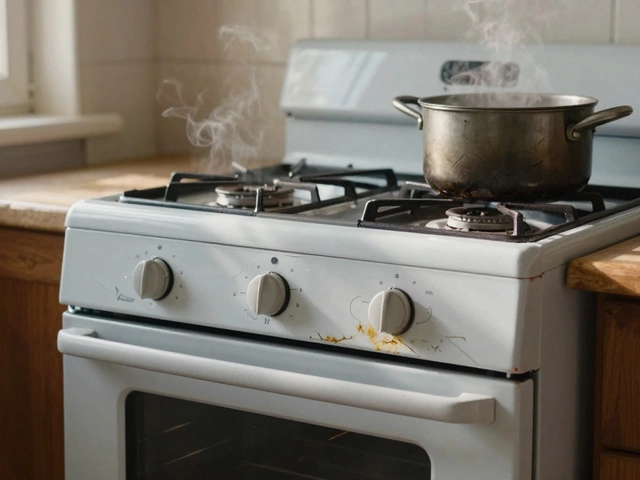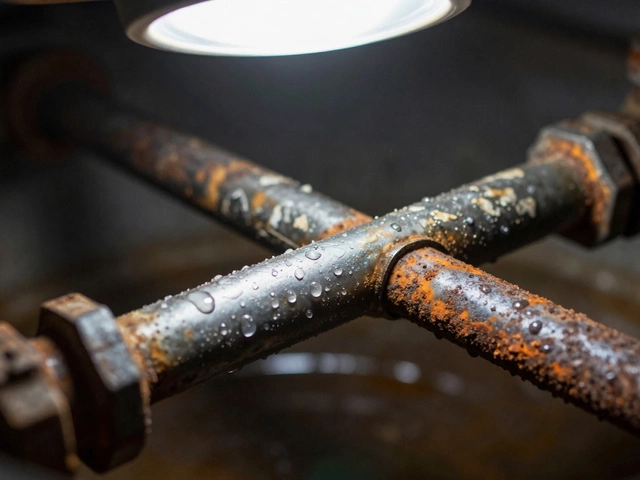Breaker Problems? Quick Fixes and When to Call a Pro
If your lights flicker or the whole house loses power, the breaker is probably the culprit. Most folks think a breaker is just a switch, but it actually protects your wiring from overloads and short circuits. Below you’ll find straight‑forward steps to diagnose common breaker issues and decide if a DIY reset will do or if you need a professional.
Why Your Breaker Might Trip
Breakers trip for three main reasons: overload, short circuit, and ground fault. An overload happens when you plug too many high‑wattage devices into the same circuit – think a dryer, heater, and air‑conditioner all running together. A short circuit occurs when a live wire touches a neutral or another live wire, creating a direct path for electricity. Ground faults happen when a live wire contacts metal parts that aren’t meant to carry current, like a faulty appliance case.
Age also plays a role. Older breakers can become worn, developing a loose connection that trips even under normal loads. If you notice the breaker “clicking” or making a buzzing sound before it trips, that’s a sign the internal mechanism is failing.
Simple Checks Before You Call a Technician
1. Reset it safely. Turn the breaker to the OFF position, wait a few seconds, then flip it back to ON. If it stays on, the issue was likely a temporary overload.
2. Unplug devices. Disconnect everything on that circuit – lamps, chargers, appliances – then try resetting again. If the breaker holds, plug devices back in one by one to spot the overload source.
3. Look for signs of damage. Open the breaker panel (after turning off the main switch) and check for scorch marks, melted plastic, or a burnt smell. Any visual damage means it’s time for a pro.
4. Test the outlet. Use a basic voltage tester on the outlets fed by the breaker. No voltage or intermittent readings point to a wiring problem rather than the breaker itself.
5. Check for moisture. In basements or garages, water can seep into the panel and cause trips. Dry any damp areas and consider a dehumidifier.
If the breaker trips repeatedly after these steps, or if you found any burn marks, call a qualified electrician. Replacing a breaker yourself can be dangerous if you’re not comfortable working with live panels.
Professional repair usually costs between £50 and £150 for a simple swap, but the price can rise if wiring needs replacement. Ask for a written quote and confirm the electrician is Gas Safe registered and insured.
Remember, a breaker is your home’s safety guard. Ignoring repeated trips or trying to force a stubborn switch can lead to bigger problems like fires or damaged appliances. When in doubt, get a certified electrician to inspect the panel and ensure everything is up to code.
By following the quick checks above, you can often save a call‑out and keep your home running smoothly. But never compromise on safety – a properly functioning breaker protects both your devices and your family.
20 June 2025
·
0 Comments
Not sure if you need to switch off the breaker before resetting your water heater? This guide gives you the clear steps and reasons behind them, so you don’t risk safety or damage. Find out when it's really necessary, how to do it right, and what happens if you skip this step. Learn to troubleshoot common issues and get real tips from experience. Get back to hot showers without any guesswork.
Read more






